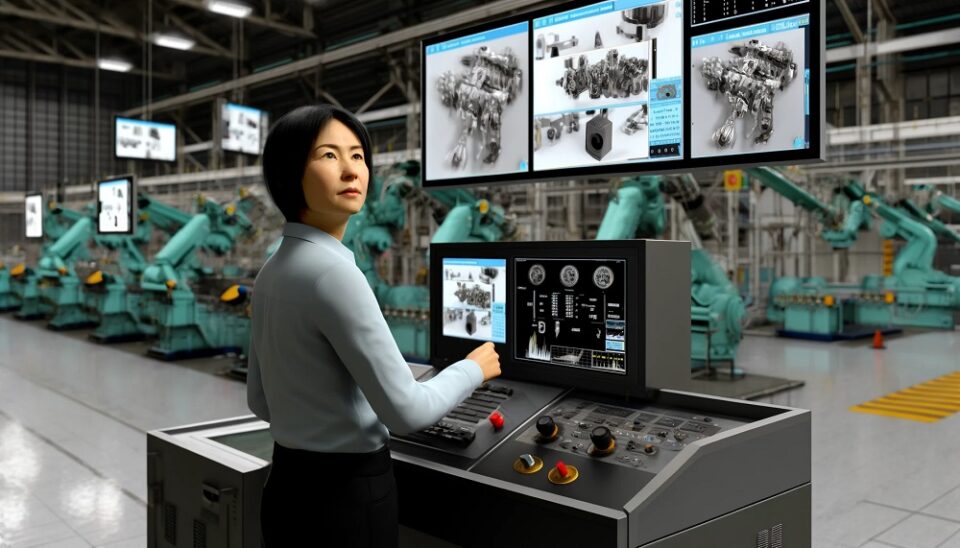In the realm of manufacturing, efficiency and accuracy are paramount. Companies continually seek innovative technologies to reduce errors, streamline operations, and enhance product quality. Among the plethora of technological advancements, Visual Inspection Software is a transformative tool, reshaping how quality control processes are conducted in manufacturing sectors worldwide.
Revolutionizing Quality Control
Traditional methods of quality inspection involve manual checks performed by human workers. This process was time-consuming and prone to errors due to fatigue and variability in human judgment. With the introduction of visual inspection software, manufacturers are now equipped with a powerful tool that integrates seamlessly into production lines, offering real-time, consistent, and highly accurate inspections.
Enhanced Precision and Speed
Visual inspection systems utilize advanced cameras and image processing algorithms to examine products as they move along the production line. These systems can detect defects invisible to the human eye, such as slight variations in color, minor deviations in component placement, or microscopic material fissures. Doing so ensures that every product meets the stringent quality standards the manufacturer sets.
Cost Reduction and Return on Investment
Implementing visual inspection software can lead to substantial cost savings for manufacturers. By automating the inspection process, companies can reduce the workforce required for manual checks, thereby decreasing labor costs. Furthermore, early detection of defects prevents the costly scenario of recalling defective products from the market. This proactive approach saves money and protects the brand’s reputation.
Application Across Industries
The versatility of visual inspection software allows its application across a diverse range of industries. From automotive to electronics, pharmaceuticals to food and beverage, each sector benefits from these systems’ enhanced accuracy and efficiency.
- Automotive Industry: Ensures precise assembly of components, which is crucial for safety and functionality.
- Electronics: Identifies issues in circuit boards and other components at microscopic levels, critical for the reliability of electronic devices.
- Pharmaceuticals: Monitors packaging and labeling to meet regulatory compliance and ensure patient safety.
- Food and Beverage: Detects contamination and ensures proper packaging to maintain food safety standards.
Future Prospects and Enhancements
The future of visual inspection in manufacturing looks promising, with ongoing advancements in artificial intelligence and machine learning. These technologies are set to enhance the capabilities of visual inspection systems further. AI algorithms can learn from vast datasets of inspection results, continuously improving their accuracy and enabling them to adapt to new or evolving products without extensive reprogramming.
Integration with IoT
Another exciting development is integrating visual inspection systems with the Internet of Things (IoT). This connectivity allows for the seamless flow of data across different stages of the production process, enabling real-time quality control and predictive maintenance of the equipment. Such integrations are anticipated to usher in a new era of smart factories where all components are interconnected, optimized, and intelligent.
Conclusion
Visual inspection software is rapidly becoming an indispensable part of the manufacturing landscape. Its ability to enhance precision, speed up production, reduce costs, and adapt to various industries represents a significant leap forward in manufacturing technology. As we move towards more automated and interconnected manufacturing environments, the role of visual inspection systems as the new eyes of the industry is set to become more prominent, making them a critical component in the drive toward innovation and excellence in manufacturing.

